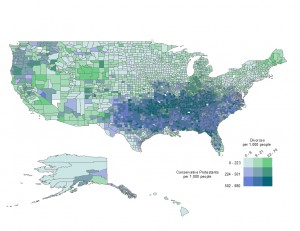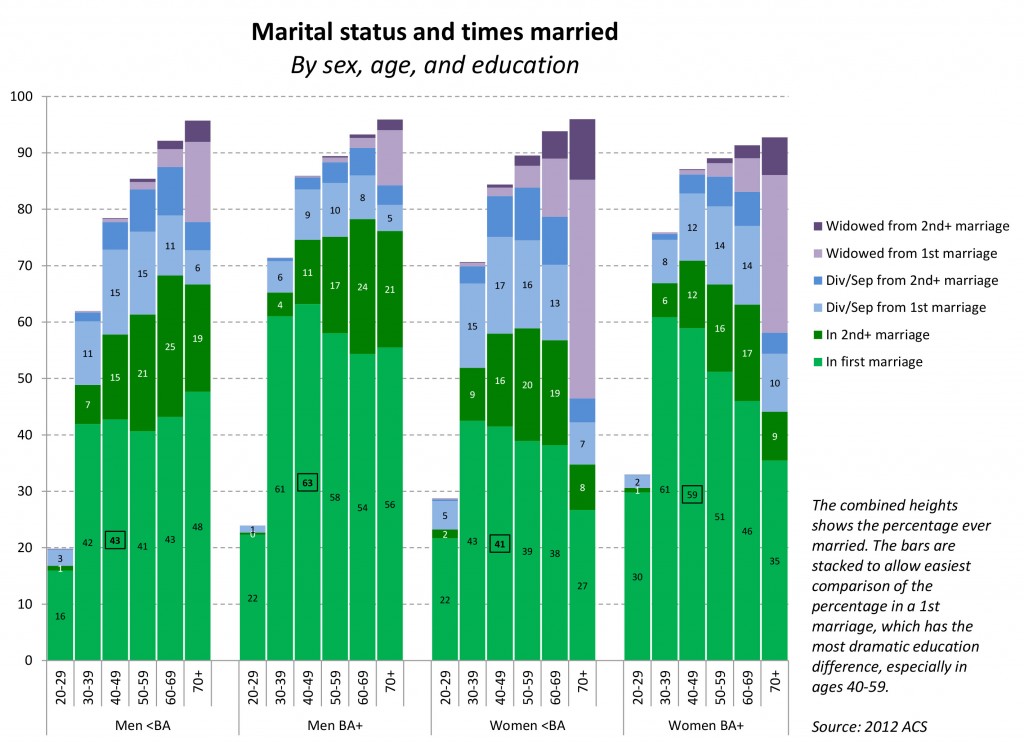My world of parenting involves sifting through countless listicles of advice, online images of children in trauma who are forced to grow up too fast, apps to manage kids’ crazy schedules, Vine videos of tiny tots singing “Let it Go” off key in the back of a minivan, and clever kidroom decorating tips on Pinterest. This is overwhelming, even for parents like me who have plenty of resources and time and education and other things that likely will enhance the life chances of my son. Parenting is hard for everyone, especially those who struggle to find work, make meals, or know where to look if they have questions about kids. Navigating the words and images and sheer volume of information on parenting out there makes it hard even for the people who have work, food, and people to turn to for help.

Many of us American parents who have the luxury of a laptop or a bookshelf may have catchy titles such as the following in our libraries and social media feeds:
More or Less: How to Raise Overscheduled Kids and Then Feel Guilty About It and Then Schedule Them in Fewer Activities but Then Add to Their Schedule to Keep Up with Other Parents Whose Kids Will Get Into a Good College
Quality Assurance: How to Use Your Professional Career Skills in Parenting, but Never Show Too Much of Your Family Self at Work for Fear of Being Labeled “Not a Committed Team Player”
Independence Days: How Not to Get Arrested for Letting Kids Do Things by Themselves That You Did When You Were a Kid
Americans are the Worst: How to Raise Your Kids Like French/Italian/Chinese/Swedish Parents Do, and Also How to Eat Like Them with Your Kids in Restaurants and Not Gain Weight
Sometimes I think parents, despite our valiant efforts to be the grown-ups in situations with our children, are more like toddlers with flailing appendages trying to learn what we should and should not fear. Trying to control a world that seems filled with tall and vocal experts and parenting peers whom we’re not sure we should trust. And tripping and hitting our heads on coffee tables every so often. While parents since the dawn of time have probably felt insecure about their abilities, we now swim in an especially large and public typhoon of confusing messages.
Does this typhoon of information make us better parents? Does it make is more assured that we are, in fact, the parents, and our children are, in fact, in need of parenting? More is not better, after all, and not just with regard to chocolate cake. Does the overload actually make us less sure of ourselves, more in need of comforting, less mature, and therefore more similar to the little creatures we are trying our hardest to raise? While our tendency to read a list of the latest habits of highly effective parents would place us squarely in the demographic category of “parent” (because who else would read that stuff?), could it also be that reading all of this actually makes us feel less parental?
Many smart people, from folks at the CDC to a long list of wonderful experts, have talked about this topic already in a myriad of other online and paper-type sources, and have even said that there are too many pieces of advice out there so we should be careful not to get overwhelmed (whoa, that’s very meta), but sometimes when it hits home it bears pondering again. My husband and I, when our son was a baby a decade ago, found ourselves amidst a circle of people who had the time and resources to read and recommend all sorts of books on babies. We, being people with time and resources and commitment to the use of big words whenever possible, read excerpts from the fluffy baby whisperer book and from the technical medical book, threw both out the window and improvised, and then returned to them three months later to realize we had done it pretty much the way the fluffy and medical experts had told us to do it in a perfect combination of both. Sometimes I think experts are just good at telling us what our guts would tell us to do anyway, but far more eloquently and for $12.95. Evidently my husband and I would rather buy advice than trust ourselves not to hit our heads on coffee tables.
I recently asked my mom, now in her 70s and an expert on parenting who has read every book out there since Dr. Spock, whether she thought the difference between the parent and child roles seemed wider between her and me than they are between me and my son. I asked her because she always seemed far more grown-up to me than I am currently acting with my kid. She never laughed when I farted at the dinner table, for example.
In this discussion, Mom and I figured that the answer to that question lies not in my penchant for scatological humor, nor in the amount of information available for parents today, but squarely in the fact that kids are often better than their parents at navigating the latest technology. Kids have long figured they knew more than their parents, and parents have long figured they need to ask for advice on what to do with these tiny creatures who appear in our lives, but now we parents have a hard time knowing which screen corners to swipe and in-app purchases to avoid to retrieve the good information. Ten years after my husband and I threw actual books out an actual window, the typhoon of advice can be read in every social media feed, app, and link on Buzzfeed. Not to mention in the 2nd editions of the fluffy and medical books, now available electronically if you can remember your Kindle password.
Kids are teaching us more than ever, at least about the means to get to the messages. I never taught my mom the steps on how to open a calendar without ripping the pages to mark down when I had piano lessons. She never needed to rely on my brothers to find out how to unfold the medical brochure on tetanus shots. There was no swiping involved in parenting then, at least not on a screen. She was the grown-up. I was the kid. But when our tiny tech expert offspring know more than we do about technology, we feel like the kids.
But despite our agreement that today’s generation gap seems narrower because of our technology-induced role reversals, I felt that my mom gave me more independence than I am giving my son. And isn’t independence part of being a grown-up? Wouldn’t that criterion be evidence of a narrower generation gap then versus now? What does it mean that my son has more skills on a smartphone than I do, but I could ride farther away on my purple banana-seat bike when I was his age? Who is more grown-up – the one who can navigate Map My Ride without accidentally buying porn or the one who can ride her bike alone to the swimming pool two miles away?
As for myself, I am considering two options for my next step as a parent. I could read all of the titles I mentioned earlier, once I find them online with my son’s help. Maybe the most apropos book we could find would be titled
Parenting in an Age of Irony: How My Kid Helped Me Responsibly Purchase Online Resources about How I Should Protect His Innocent and Developing Brain.
Or, rather than actually reading the myriad parenting columns, books, and online diatribes, I will ask my son to digitally catalog them in order from “Most Useful for How to Raise Me” to “Meh, You Can Delete This from Your Cache,” and then make the catalog into a smartphone app that will not accidentally make me buy porn.
Surely his technological prowess will prepare him well for deciphering what is and is not useful information.
But only if he does his deciphering within a one-block radius of our house, so I can keep an eye on him.
Ever since winning third place in a rural Minnesota district high school speech contest with her rendering of an excerpt from Scandinavian Humor and Other Myths, Michelle Janning has attempted to add humor to all academic pursuits, including the sociological discovery of everyday life patterns. She is a sociology professor at Whitman College, and a Senior Scholar with the Council on Contemporary Families. Her website and blog, with a humorous focus on the “between-ness” of social life, is at michellejanning.com.

![By Irangilaneh (Own work) [CC-BY-SA-3.0 (http://creativecommons.org/licenses/by-sa/3.0)], via Wikimedia Commons](https://thesocietypages.org/families/files/2014/08/Back_to_school-150x150.jpg)




